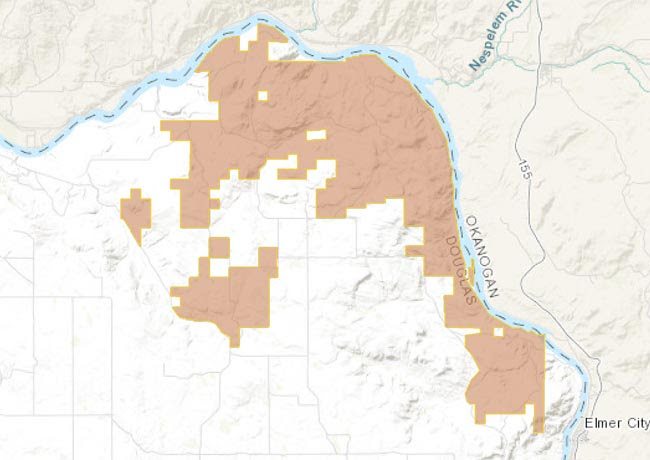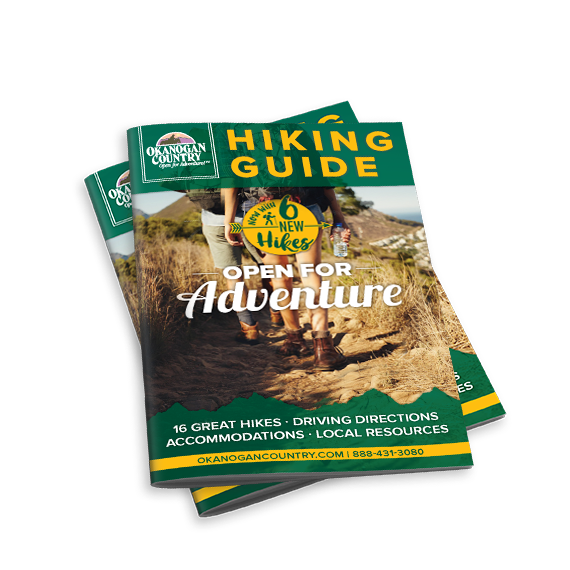Big Bend | Wildlife Area of the Week

Big bend wildlife area
Coulee Dam Corridor & Rufus Woods Reservoir Areas, WA
 Credit: WDFW
Credit: WDFW
Overview
The Big Bend Wildlife Area presents a dramatic landscape sculpted 12,000 to 15,000 years ago by the Okanogan Lobe of the Cordilleran Ice Sheet. It is located within the Columbia Plateau along the shoreline of the Columbia River on the reservoir created by the Chief Joseph Hydroelectric project.
habitat
This wildlife area is comprised of basalt cliffs, rolling hills peppered with basalt haystack rocks, low buttes that overlook the Columbia River, riparian draws, permanent and seasonal creeks, and rugged slopes filled with Ponderosa pine.
Wildlife
Diverse habitats on the wildlife area provides habitat for sharp-tailed grouse, sage grouse, waterfowl, shorebirds, Neotropical migrants, songbirds, mule deer, butterflies, and wildflowers.
viewing
This unit has diverse habitats, including shrubsteppe, aspen and Ponderosa pine stands, wetlands, pothole lakes, basalt cliffs, low buttes, and caves, offering opportunities to view a variety of wildlife, including mule deer, chukar, golden eagle, four grouse species (dusky, ruffed, sharp-tailed and sage), gray partridge, California quail, sage thrasher, and wild turkey.
'
parking
Discover Pass Required:
No developed parking area. Please be advised of soft road edges during spring run-off, and provide ample room for passing vehicles when parked on county roads.
access
The Big Bend Wildlife Unit is located 14 miles north of Grand Coulee on the south shore of the Columbia River in northeast Douglas County. The unit is accessed from the Strahl Canyon, Alameda Flats, Twin Springs, China Creek, Smith Lake, and Barry and Pendell roads.

the coulee corridor
Four miles south of the Big Bend Wildlife Area is the Coulee Corridor Scenic Byway section of The Great Washington Birding Trail. See 346 species of birds annually in this beautiful setting!


